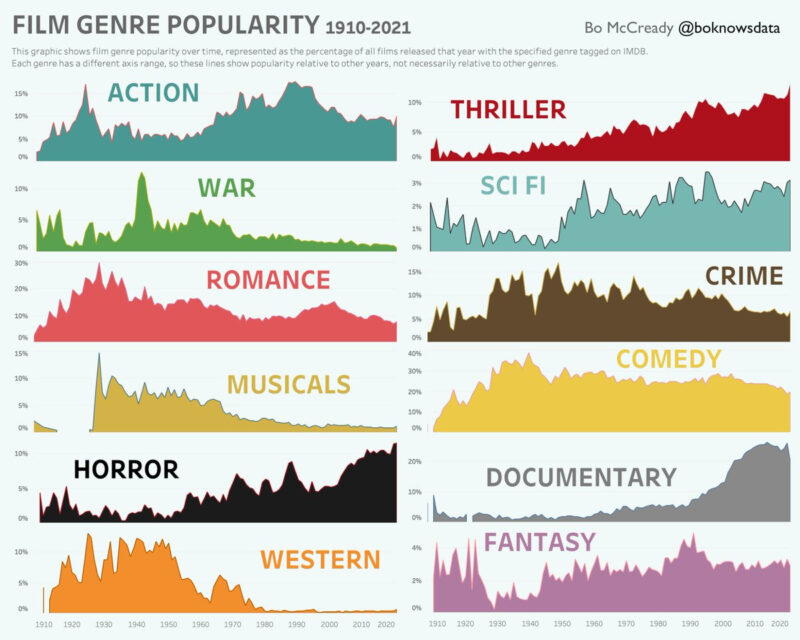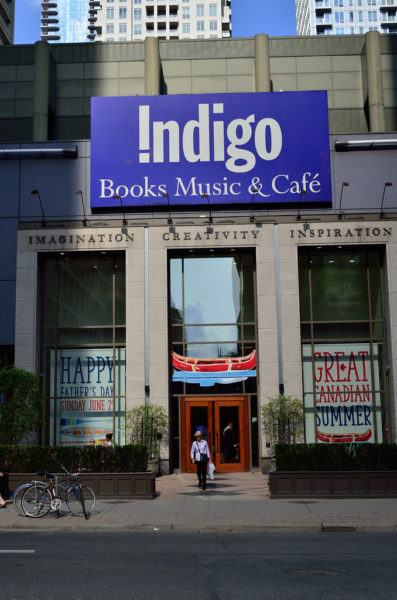I realize the problem is me, in that I hate self-checkout kiosks with a fiery passion and have been known to abandon any plans to purchase from a store if there is no human assigned to the checkout desk. I decline (with thanks) all offers to use the self-checkout — several of which are often unused — while lined up three or four deep at the one human’s work station. It must be my Luddite side showing. But, as Christopher Gage shows here, I’m not completely alone:

Self-checkout using NCR Fastlane machines at a Sainsbury’s store in the UK.
Photo by Magnus Manske via Wikimedia Commons.
“He’s got a problem with potatoes,” said the condemned, guarding the self-checkout machines. Potatoes plague them. Carrier bags flummox them. ‘Surprising item on the scale,’ it squeaked as if I were weighing up a kilo of black-tar heroin.
The retirement refusenik tapped a code on the screen for the third occasion before returning to his post. ‘Unexpected item in the bagging area.’ Embarrassed, I marshalled my friend — the Hobbity, amenable man with the silver slugs for eyebrows — for the fourth time. He recanted a well-worn sop dispensed to young dotards like me: “Don’t take it personally,” he said. “He just doesn’t like you.”
Self-checkouts are not quite Skynet T-800 death dealers. Sarah Connor can rest easy — for now.
After a little while, the machine let me go. The ordeal, fractious and infinitely slower than employing the helpful man to man a till, was over. Then, the devil-device sucker-punched square in the testes.
“Lovely to see you bye for now,” read the screen. Sinister, like a Jehovah’s Witness grinning. No comma after the introductory clause?! The insolent swine. I fought the primal urge to drown the machine in Coca-Cola and watch it crackle. The clean-up would be Harold’s job. He had enough on his plate.
Mercifully, one supermarket has sacked these silly machines.
Booths, a posh retailer up north, has retired self-checkouts in all but two of their stores. The good burghers of Booths reckon humans talking to other humans is a groundbreaking idea that will catch on in future.
“We have based this not only on what we feel is the right thing to do but also from having received feedback from our customers,” they said.
“Delighting customers with our warm northern welcome is part of our DNA.”
Wearily, Booths did what British northerners must do lest they spontaneously combust — they peacocked their northernness. Apparently, to be born on a particular patch of this floating rock bestows northerners an umbilical, friendly mien.
Northerners cannot help themselves. POV: You encounter a northerner in a pub: “A malignant tumour, you say? You wanna get yourself a northern tumour. Northern tumours are far less aggressive than those bloody southern tumours. It’s a fact! Northern tumours still have a sense of community, you see. Not like southern tumours …”
I must forgive them. Booth’s “northern welcome” is a good thing. Entities imbued with DNA are a good thing. Even one fewer self-service checkout is a good thing.
From where Booth’s tread, others may follow. The numbers don’t tell fibs.
Self-checkouts mutate even the most cherubic of citizens into a degenerate thief. Stores with self-service checkouts suffer double the shrinkage (4%) — industry-speak for pilfering and thieving.
Researchers say the temptation can prove too much, provoking our inner tea leaf into a spot of half-inching. Self-checkouts goad miscreants into slapping a “Reduced to £1” sticker on a litre of Jameson.
Booths have bucked a trend. A fatuous, anti-human trend.
Update: Fixed broken URL.














